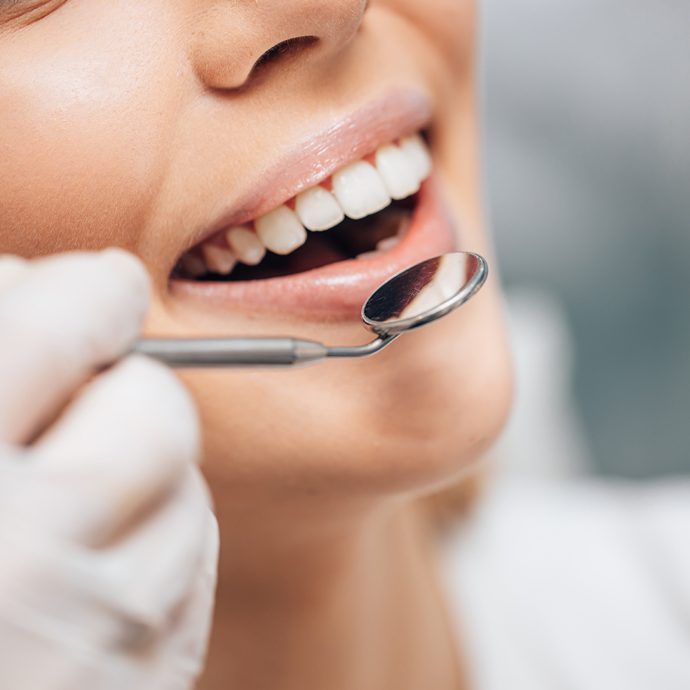
Dental Bonding
There are a number of ways to improve the appearance of a smile.
Depending on the concern, you could consider orthodontic repositioning of the teeth, for example with Invisalign. Or by reshaping the teeth with porcelain veneers and crowns.
Another option is with dental bonding. Dental bonding uses the technology of “composite” white filling materials to bond, or adhere latest generation, extremely natural materials to the tooth to create a more desirable shape.
We can use bonding for closing gaps, building up small teeth, lengthening worn teeth, building out a recessed or twisted tooth or hiding discolouration. Or even redesigning a misaligned smile.
It also works well in combination with whitening.
Bonding has the advantage that, after careful planning, it can usually be done in one or two visits. It also doesn’t have the laboratory costs associated with porcelain work. But what I really like about it, is that it is very kind to the teeth. It often can be done without any drilling – purely by adding to the teeth- and often without local anaesthetic.
If there is a disadvantage to composite, it’s that it is not as hard wearing as porcelain – typically lasting in the region of 5-7 years. Like our natural teeth, it depends how you look after your bonded teeth. But it is very reparable and looks best if polished up every few years.
